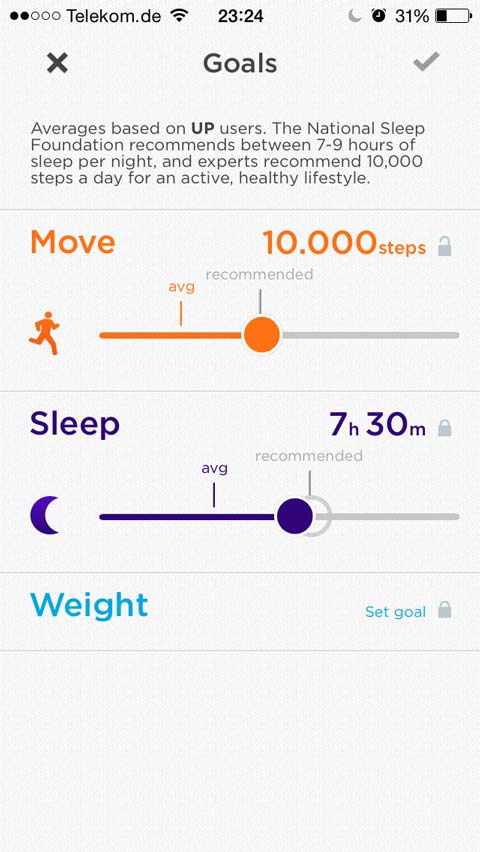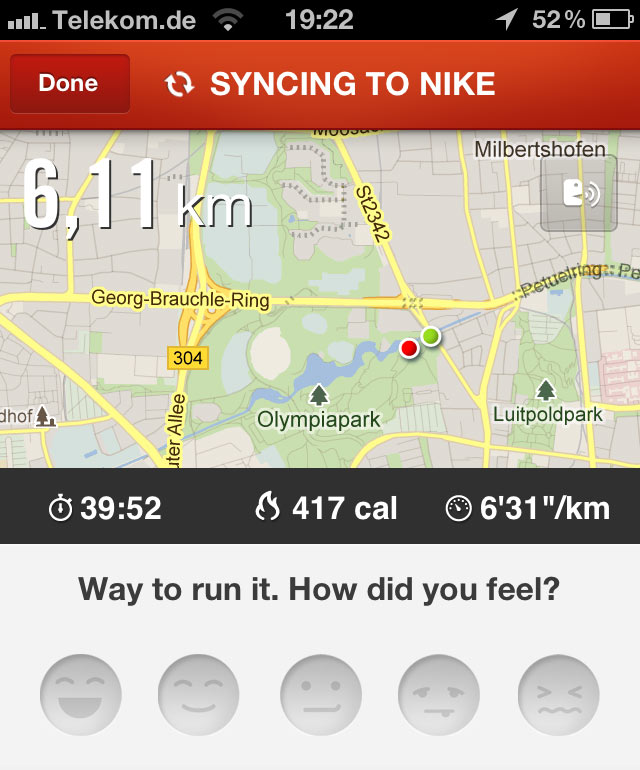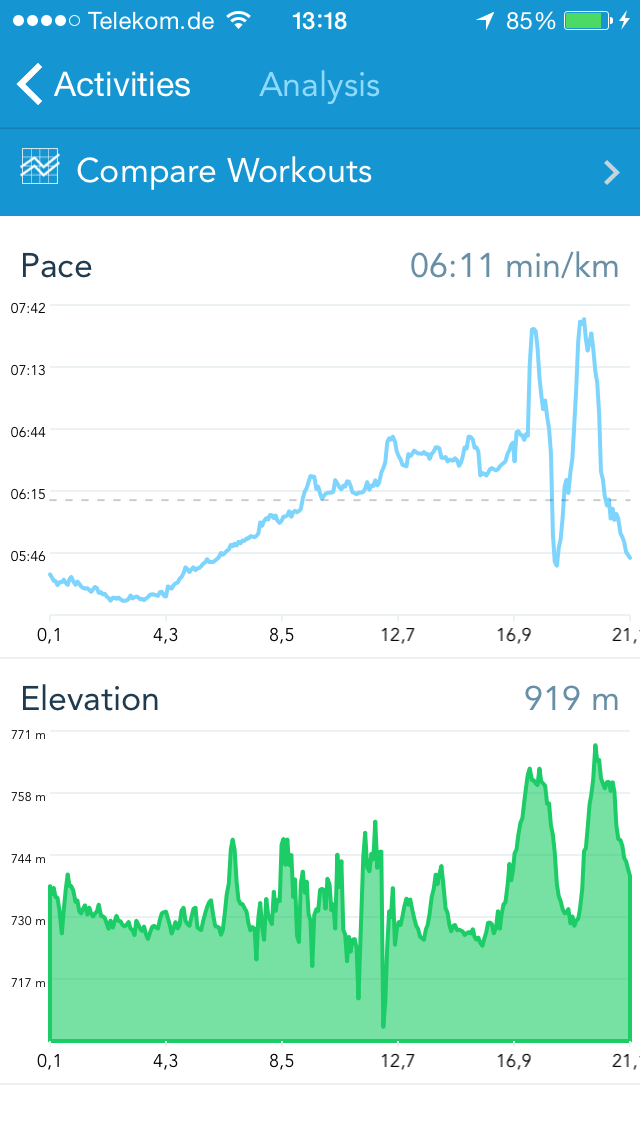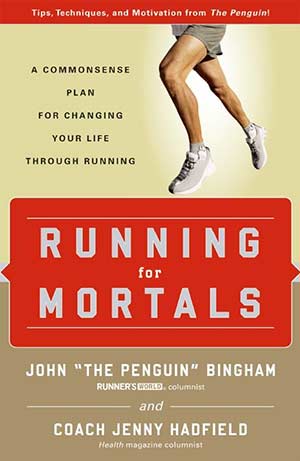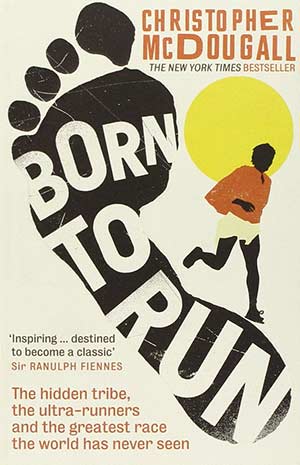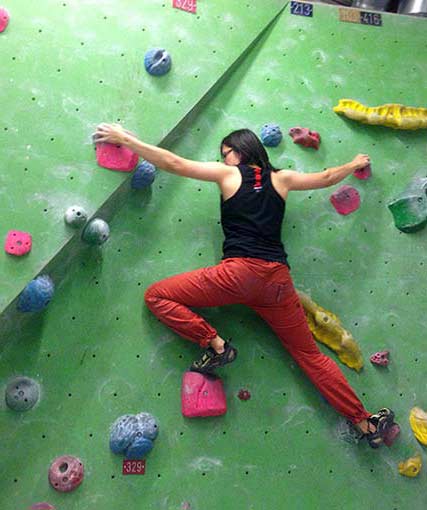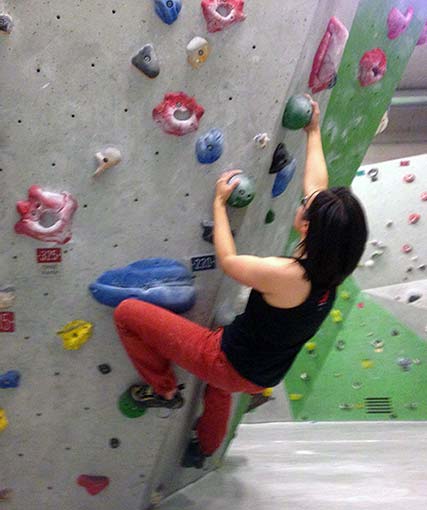Wearable technology can't beat the most advanced bio-chemical computer: you.
•22 minFitness trackers and wearable technologies are today’s new hotness. Marketing and ads feature beautiful and athletes sporting toned abs and biceps in addition to fitness devices. In the real world, you’ll see a bunch of early adopters, many unfit and overweight, who believe this could be the gamechanger.
Trackers are great at motivating you to get off the couch and use the stairs. But they will not change your life. If you want to be that toned athlete in those ads, you’ll need to turn to a smarter computer: you.
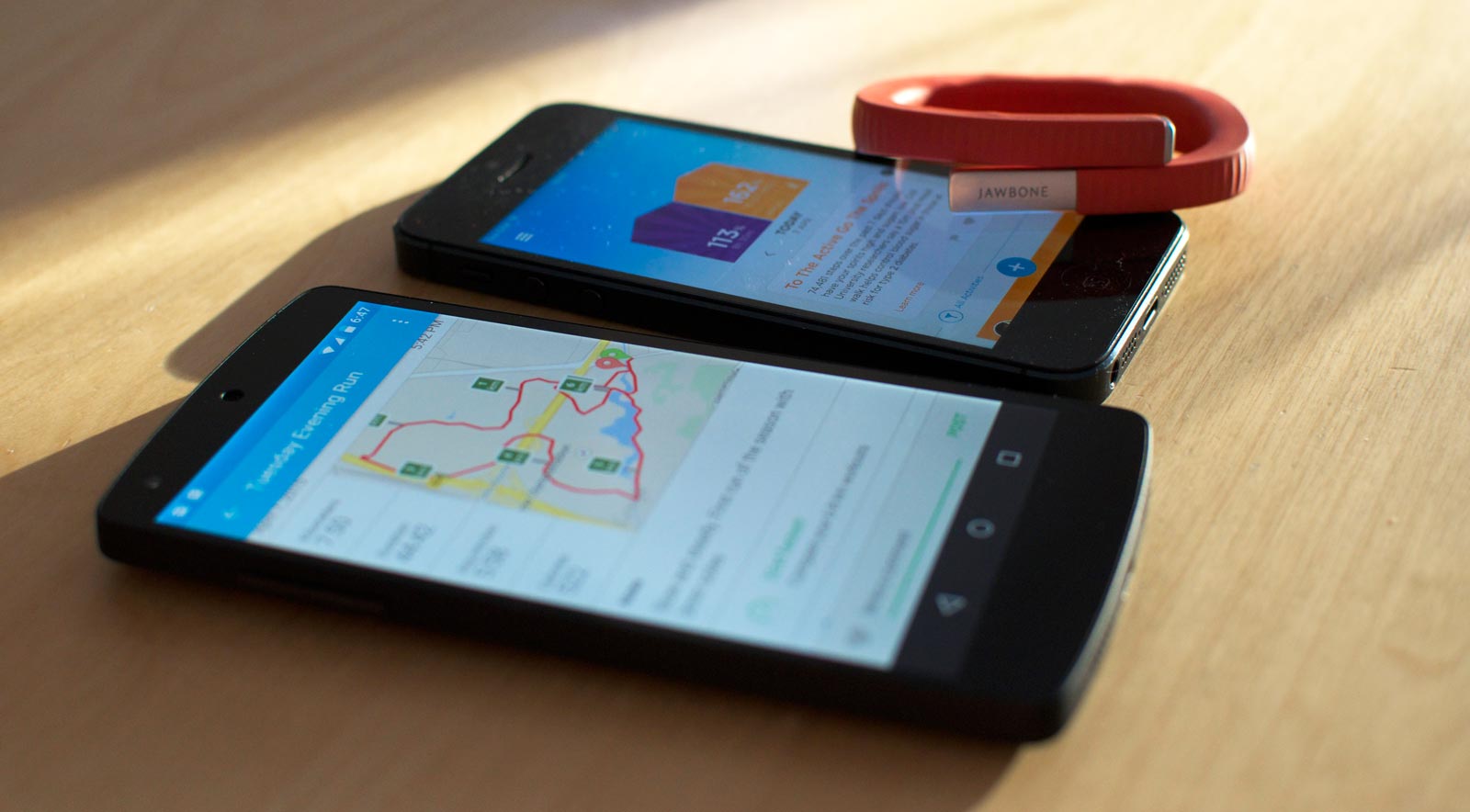
I know this because I became geekfit a few years ago. It’s easy for fitness trackers to improve your fitness, when you’re a sedentary nerd. Then my weight loss and fitness plateaued. Wearable technology and apps promise to offer you “insights” and suggestions to increase your fitness in exchange for collecting your data. But your body has already processed that data and is sending you feedback right now. You just need to translate it to actionable items.
Want to count more steps? Listen to your fitness tracker and fill those fitness rings. But to become athletic fit, you will need listen to your body. I learned to read the signals it sent me about my sleep, diet, physical activity and more. Only then did I transition to becoming an athlete.
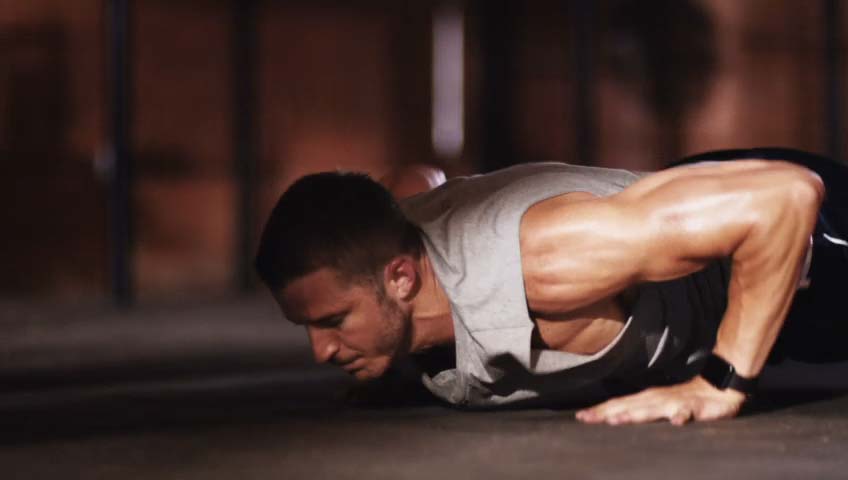

Marketing videos for the Apple Watch and Jawbone UP3 featuring athletes
Can they make us this fit?
Fitness Gamification works - for a while
Let’s start with the good: gamification works. It makes Marco Arment walk around the block to fill the fitness rings on his Apple Watch1. For a while, I also went for random walks around the block to reach 10,000 steps. But one day I realized I was chasing numbers - not fitness.
We want to reach those goals and fill those rings to give ourselves a congratulatory pat on the back. That’s ok once you get off the couch. But once I became fairly active, those goals became meaningless, or more accurately: arbitrary.
Don’t get me wrong. If you are not meeting the 10,000 daily recommended number of steps and a fitness band helps you to do that, keep on using it. I eventually figured out that to regularly hit 10k, I just had to work less at my desk and get out of my apartment and office more. Here are some ways of increasing your step count that are more interesting than just “take the stairs”:
- Go shopping, which easily adds several thousands steps.
- Clean your apartment. Mine is small, but doing so also adds thousands of steps.
- Take public transportation to work instead of driving. During a week in New York, I averaged 20,000+ steps a day without running.
Why gamification works
Fitness Gamification works because it makes fitness quantifiable. If I sleep 30 minutes more than yesterday, that’s a win. 500 more steps to meet my goal? Ok! Gamification gives people an objective ruler, against which they can measure themselves. When everything else about success and being an adult is subjective, these clear goals are really attractive2.
Numbers also legitimize our decisions. But in the same way that Google tests 41 shades of blue and Yahoo justifies a fugly logo with mathematical grids and lines, our fitness data can lead us to excuses. But I am trying more! Why am I not improving? Often we believe that we just need more data. Instead of looking deeper into our habits, we delegate responsibility to a device and data scientists.
I know I did.
My first tracker: Nike+ Shoes and Fitness Tracker (2009)
For years I tried running to lose weight. When I finally starting jogging, it was because I need to pound the pavement to release stress from work. The work stress subsided but I stuck with jogging. I wanted to get fit!
I thought I could upgrade from jogger to runner if I had more data. I bought new Nike+ shoes and the Nike+ fitness band. The sensor in the shoes tracked my runs. It was fun to see the steps add up. Later I purchased an iPhone 4 and used the Nike+ Running app. But I still couldn’t jog more than ca. 3 miles or 5 km.
The technology was new and exciting. I wanted to up my game and try to run a 10K. I bought Nike Zoom+ playlists from iTunes, which feature voice cues to help with interval training, short runs vs. long runs, etc. The tracks also had athletes and celebrities cheering me on. But technology and more data did not give me more fitness. I ran more, only to get shin splints (a common running injury) and numb feet.
Maybe I wasn’t cut out to be a runner? Actually, I was just focusing on the wrong thing.
Fitness trackers are inherently dumb
I was tired. I could see that I was running (a litte) farther, which is, objectively speaking, an improvement. But I wasn’t feeling better. How do people smile when they run?
Current wearable technology collects data, which can be used for analyses. But what can they actually tell us? After many years of looking at graphs and charts like the ones below, I realized:
- Most data is obvious and does not reveal new information. Your instinct can tell you if it was a difficult or easy workout; or if you missed your goals.
- Maps are nice because they’re nice to look at. Haven’t found any other use for them.
- Calorie counts are nice but estimates at best.
- Most runs of similar distance have virtually the same data. Can you really tell the difference between a 5.25 km run at 6:03 min/km and a 6 km run at 6:01 min/km? Is the difference even significant? No, probably not.
What do these measurements really tell us?
My pace decreased about two-thirds in. An chance to improve my endurance? No, it was just a hill.
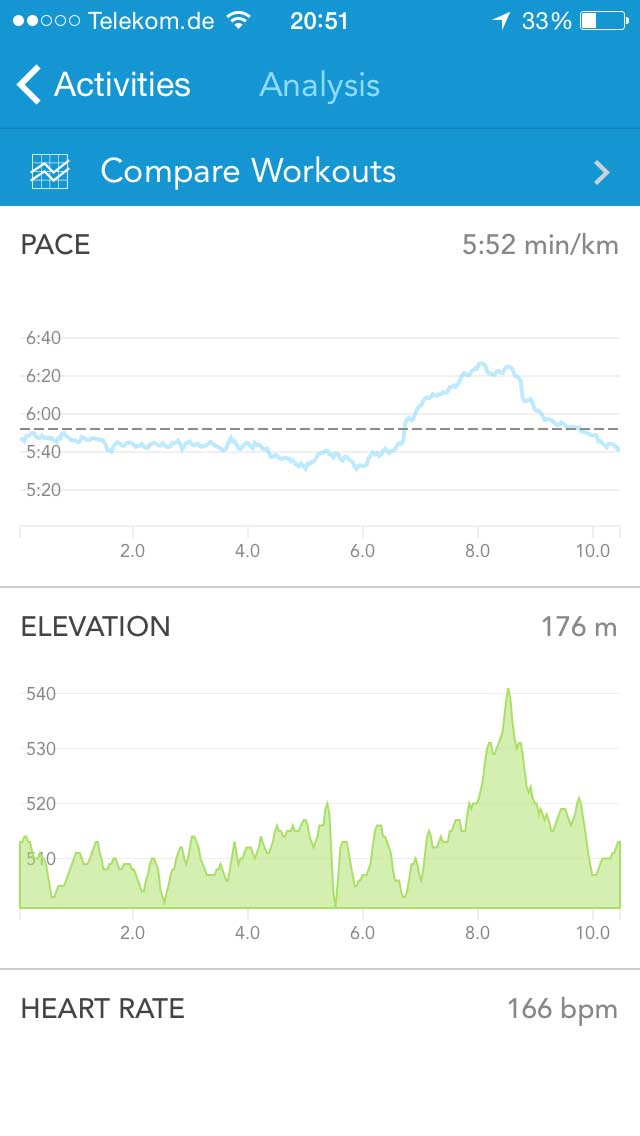
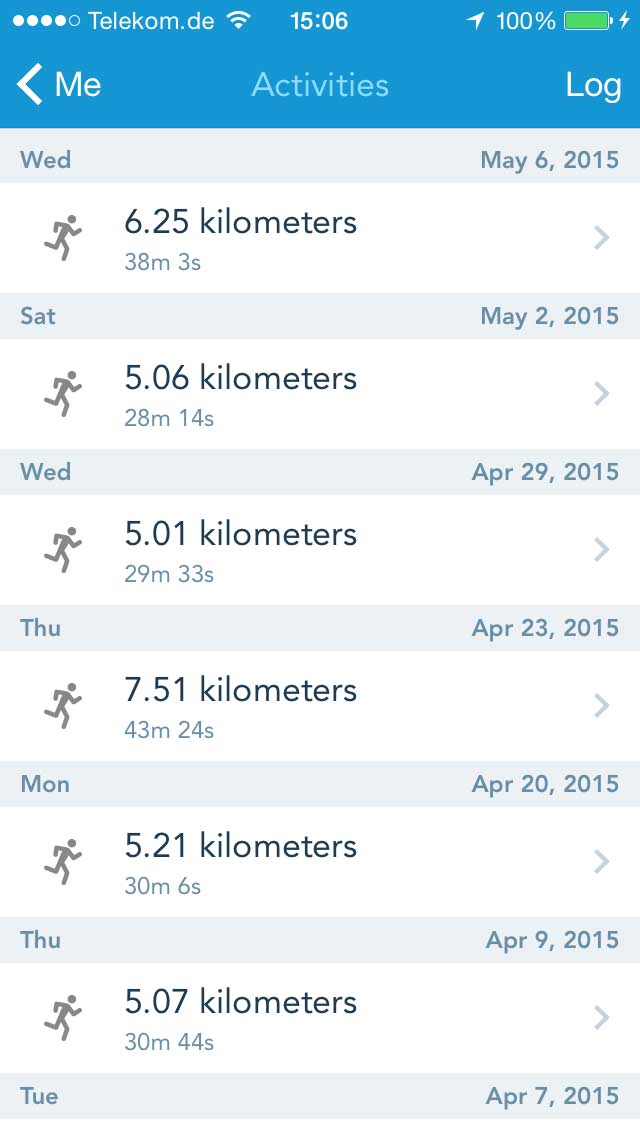
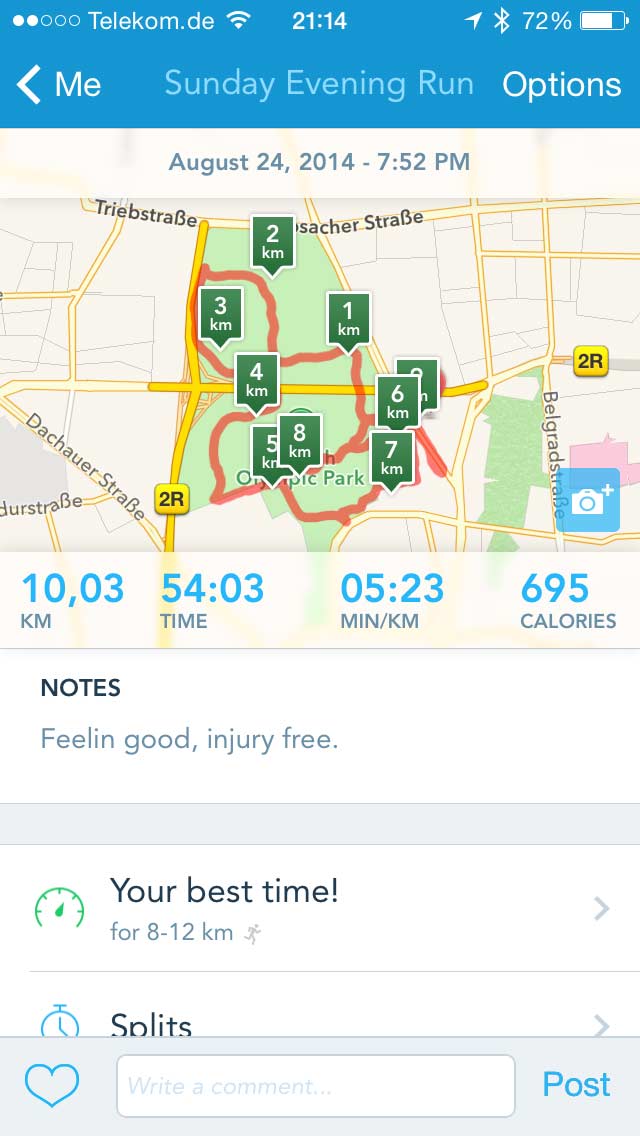
More data helps
But we can aggregate the data and comparing it over time reveals things you can be proud about. Thanks to apps, I measured that I have improved my min/km pace by 1 minute since 2012 - awesome! Confirming that I’ve run thousands of kilometers and burned thousands of calories is a good feeling.
But can also be misleading
With the help of “big data” wearable technologies promise to help use make better decisions, which can be confirmed with concrete numbers. It lets us experiment with ourselves. But big data is not magic. People create the algorithms that allow us to extract value from our measurements. Therefore these analyses can be as flawed as we humans are.
Consider this example, where a comparison (without context) makes little sense:
The latter reaction is not uncommon. Friends also told me about feeling bad because they were unable to match previous workouts. So how do you prevent that?
-
Tell yourself it’s ok At least you went out and ran. Trying to constantly beat my averages (not just my best times) did not lead to injury. But it is counterproductive. When training, you did need vary your workouts, incl. effort to really improve. I did not understand that.
And while many apps offer training plans to combat that, it is still up to you to follow it and not believe that more effort on a slow day will make up for not completing hard day.
-
Context Maybe there is a reason for the slow pace? Indeed! In the notes, I wrote: “first successful morning jog of the year. Rain between 2-5k”. So this #fail is actually a #win.
In my experience, the process of turning a jogger to a runner had nothing to do with training plans or technology. In fact, it meant the opposite.
Discovering pain and learning to listen to my body
It wasn’t an app, device or Youtube that helped me become a runner. I googled shin splints and came across these two books, which taught me to listen to my body. I cannot recommend these books enough to anyone who wants to become a runner.
Running for Mortals
This book taught me that I am not the people in the Nike or Adidas running ads. I am me. It wasn't the fitness plans and motivation I was lacking, but rather the encouragement.
The difference? It's ok to walk. It takes time for muscles to develop. Be patient, etc. And stretch! While many apps now incorporate advice through "insights" and blog articles, few (if any) tell you to stretch. And how to stretch.
Born to Run
This book converted me to a barefoot running. It really taught me to listen to my body, which has helped me run a 10K under 60 minutes and complete two half-marathons.
Since I switched to barefoot running, I have had no more shin splints or knee pain. I've learned to read any foot discomfort and know the difference between bad form (correctable) and over-training (just stop and rest).
Your body already analyzed the data
Remember the quiz above? The answer is D) Question: how did you feel?
Fitness trackers offer stats about your heart rate, pace, distance, and more. As the examples above show, these numbers are interesting and can be used to measure your improvements over time, usually in the long term. But in the short term or during a workout, it may be more distracting than helpful. Instead of glancing at my phone or watch, I now pay attention to the following signals from my body:
-
Tired? If I feel tired, I go for about 1-2km to see if it goes away with fresh air. If it doesn’t, it’s ok to turn back or do an easy jog.
-
Back Pain signals that I need to run. I usually get back pain when I go through stretches of long hours at a desk - or bad posture working on the couch. But I always feel better after I run.
-
Breathing tells me if I’m going too fast. Or if it’s too hot.
-
Side stitches also means too fast.
-
Sore feet/legs means too far or too much in the last few days.
Most of this is obvious too. It’s learning to respond accordingly that helped me become a runner. If you want to become a runner, esp. a long distance runner, you have to learn to read these signals yourself and for your body.
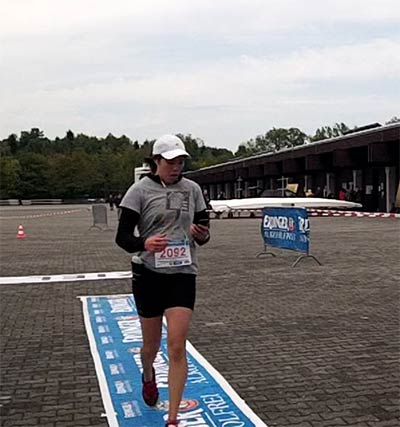
Missed the Finish Line
I was so busy checking pace and distance on my phone that I didn't realize I was crossing the finish line… at my Half-Marathon PR 2:01:33.
Oktoberfestlauf (29 Sept 2013)
Cause and Effect
Metrics like pace help me quantify my improvement, or the effect of training. The relationship between running and fitness or injury is pretty straight-forward. Apps have already conquered this area. Soon, I expect running apps to tell me that my evening runs are better than my morning runs, which would hopefully result in smarter race training plans.
The U.S. Centers for Disease Control and Prevention or CDC calls insufficient sleep a “public health epidemic”3. A 2014 survey by the National Sleep Foundation found that 56% of Americans are not sleeping enough4. A light sleeper, I’ve had sleep problems including insomnia since high school. I knew that lifestyle was part of the problem, esp. work stress. But I didn’t know how to tackle the problem and hoped that technology could help me.
But it couldn’t really. The relationship between sleep and health is far more complex. The Jawbone allowed me to measure my lack of sleep. But what caused it?
Jawbone Up and Sleep Tracking
Jawbone actually has a smart system set up to help you sleep.
The Smart Alarm
The Jawbone Smart Alarm is amazing. I still miss that feature today. I definitely felt more refreshed waking up to a soft vibrating alarm, that knew when I was in my “light” sleep phase - a good start to fixing my sleep problems.
But this is how I felt on bad days:

Jawbone:
You slept poorly last night and woke up two times.
Me:
No shit.
Suggestions
Like many women I often wake up at night to pee. I already knew why I was awake. But why couldn’t I fall asleep again? The Jawbone Up hints at the cause with its “insights”, which say that you sleep better when:
- you exercise.
- you have regular sleeping patterns. Your body automatically prepares itself for sleep.
- your bedroom should be dark, cool and quiet.
- and more.
Notifications and Reminders
But these are general recommendations, which are now common knowledge. Jawbone suggests I go to bed earlier (duh) with its notifications system. But this ultimately failed for me because it was so easy to dismiss those suggestions. I felt a little guilty every time I did. I had valid excuses, e.g. client deadline or it’s the weekend.
The Missing Link: Lifestyle
To better illustrate the power and limits of wearable technology when it comes to sleep, consider the story of Sharon Davie, a woman who fell asleep at the wheel and nearly drove into the Gulf of Mexico. After trying MRIs and a sleep clinic, Davie tried a Basis Peak Smartwatch, which can also measure REM sleep.
The morning after she first wore it, it reported that Davie was asleep only 43% of the 10 hours and 13 minutes that she was in bed and that she tossed and turned 35 times, which severely limited the deep sleep and REM that refresh body and mind. In 10 hours, she was effectively getting only 4.5 hours of true sleep. But as smart as it was, the smartwatch only identified the problem; it was up to Davie to figure out why.
— LA Times: Wearable technology catapulting health and fitness into future
Ultimately she figured out her diet was the problem. But what was my problem?
After nearly two years of wearing a Jawbone, I didn’t really have any insights into my sleep problems. I had ups and downs. I was motivated to continue a streak when I was sleeping well. But nothing stuck for more than a week or two.
The Jawbone wasn’t going to give me a solution. I knew even before I bought it that my lifestyle was at fault. The band could try to make recommendations and nudge me into better habits. But I needed to try harder to prioritize sleep over work and make that work with my schedule.
Pro tip: it takes 2 weeks to form a habit
Motivation alone is not enough. What you also need is drive: you need to battle your inner pig-dog, as the Germans say. About two months ago (after my last Jawbone broke), I made the following plan:
- Find two weeks without any big interruptions (e.g. client deadlines or vacations)
- Commit to getting up by 7:30 every weekday
- Commit to getting up by 8:30 every weekend (or day after evening climbing session)
The two weeks time span is crucial. It limits your valid excuses. Secondly, two weeks sounds more doable than forever when you’re facing an uphill battle. After 2-3 weeks (depending on who you ask), it becomes habit and you won’t need to motivate yourself any more. You just do it. I also use the two week trick to start any running, esp. as seasons change.
It’s kind of working for me. Getting up is easier because it’s routine. Falling asleep has been easier too. But that probably also coincides with reduced stress levels from work and post conference. In any case, I’m happy with the new pattern and hoping it will last.
In the future, devices like the Apple Watch might integrate your calendar and suggest a time period for you to make this transition. The device can wake you by vibrating. But it cannot literally push you out of bed and make you get up.
So repeat to yourself: motivation alone is not enough. You also need drive.
Bad Data and Bugs
When wearables and apps work, they are GREAT. But when they don’t, it’s absolutely maddening.
You can patch software bugs. But you patch can’t patch bad data from bugs. According to RunKeeper, my fastest pace is 3:21 min/km, which is impossible. But thanks to a GPS hiccup and a bug, I am suddenly as fast as my bike. Now I have a personal record I have no way of beating or removing.
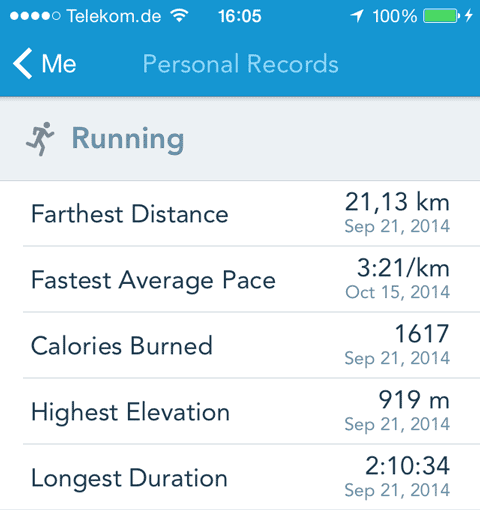
I’m not that fast…
In another example, I set a RunKepper goal to run a total of 100 km in one month. I missed it. But for weeks on after that, I was always at 97% of my goal and the totals never added up to more than 100, no matter how far I ran. I wasn’t disappointed. But I was frustrated because the 97% message popped up after every run. Technology was hindering more than helping me.
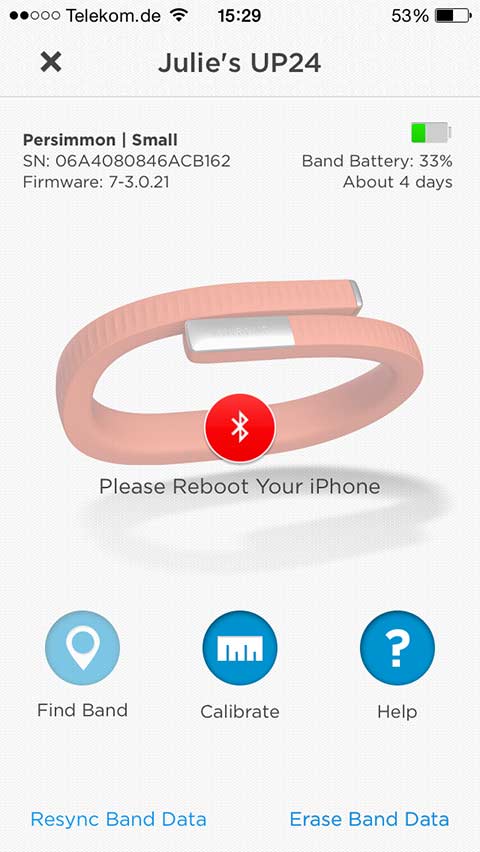
Other examples where technology fails or hiccups:
- Time zone adjustments. Sleep and steps just look whacky when you travel.
- Inaccurate data: a friend an I compared trackers once. His fit counted arm taps on a table as steps.
- Often my Jawbone recorded “light sleep” when I was actually awake and just couldn’t fall back asleep.
- Trackers often cannot distinguish activities like biking, which frustrates people are not receiving “credit” for their fitness.
Fitness trackers are getting better and many high end devices promise to fix these problems. But really they’re just playing catch-up. Remember you and your body already know these things.
Addicted to Tracking
Technology is nice when it’s there and seamlessly integrated into our lives. But we’re technologically far from it mostly due to energy constraints. My addiction to collecting data created regular friction in my life:
- todo: charge the device (everyday after ca. 6 months)
- todo: sync with the app (daily)
- todo: high five all the friends (daily)
- todo: clean it before it smells (weekly)
Each task is a small. But together it consumed too much of my mental energy. My fear of losing data or not having it tracked to begin with created a subconscious anxiety attached to each todo. Similarly my aversion to losing data or tracking bad data also added to this anxiety. Given that the Jawbone worked most of the time, why was I so stressed? The answer is because we remember the failures more than when it’s working. Humans are psychologically wired such that bad is stronger than good.5
I went through five Jawbone UPs. I kept replacing them because I was addicted to - and enjoyed - fitness tracking. But when the last one started to break down, a few weeks before the warranty was set to expire, I gave up. Counting steps had little meaning for me. The UX Munich conference was over, my stress levels were declining and my sleep was improving. At this point, Jawbone became a burden.
Finally an Athlete…
Even after I completed my first half marathon in 2013, I did not consider myself an athlete. I ran regularly but I was still flabby around the middle. I also lacked strength and conditioning required for a toned body. But I couldn’t see the point of grunting with weights at a gym either.
Climbing for strength training - and passion
Then that Winter, I met a guy who introduced me to climbing. I had friends who climbed. But I always declined their invitations thinking I had a fear of heights. I did as a kid. But today I know it was just an another excuse to avoid exercise.
Climbing is growing in popularity, even amongst technology enthusiasts. So much so that there is now a fitness band that tracks your climbing technique. You can probably guess I find the technology interesting, especially the machine learning. But I am skeptical. Why?
In essence, climbing is problem solving with your body. Only recently have I learned to trust my body, which just knows what to do. Often if I move slowly and deliberately, my body automatically moves itself into the right position. I think data will be interesting but distracting because it will make us think too much. Moves should be fluid and automatic, which often go together. So stop thinking and just practice. Repeat until you don’t have to think anymore.
Should I buy a fitness tracker?
Finally, I feel like an athlete. Between running and climbing, I exercise 5-6 times a week. Through climbing I can now embrace strength training. Slowly I’m seeing the flab fade away and muscles appear. But I got this far because I was determined. I forced myself out of the house to train.
Tracking and quantifying your progress is attractive and even rewarding. If that’s what it takes to get your off the couch, do it. But don’t expect more than that. A device that vibrates and beeps at you to go to bed earlier or may not be enough to beat your excuses. It will not provide you with any new insights that you don’t already know or feel. It will not change your life.
The solution isn’t more data, and it’s not even better algorithms. It’s for us to stop thinking about fitness and health as a Big Data problem, and to start figuring out what to do with the sample size of one. Me. And you. (But me first.)
— WIRED: Fitness Trackers Won’t Really Help Until They Tell Us What to Do
But good luck. I hope you’re successful, so successful that you too no longer need a fitness tracker.
-
Accidental Tech Podcast. Episode 117: You don’t have the Antibodies (14 May 2015) ↩
-
Meltzer, Marissa. Why Fitness Classes Are Making You Go Broke (10 June 2015). ↩
-
CDC. Insufficient Sleep Is a Public Health Epidemic (13 January 2014) ↩
-
Kirkwood, Caitlin. Why We Are Not Getting Enough Sleep (11 February 2014) ↩
-
Tugend, Alina. Praise Is Fleeting, but Brickbats We Recall (23 March 2012) ↩
